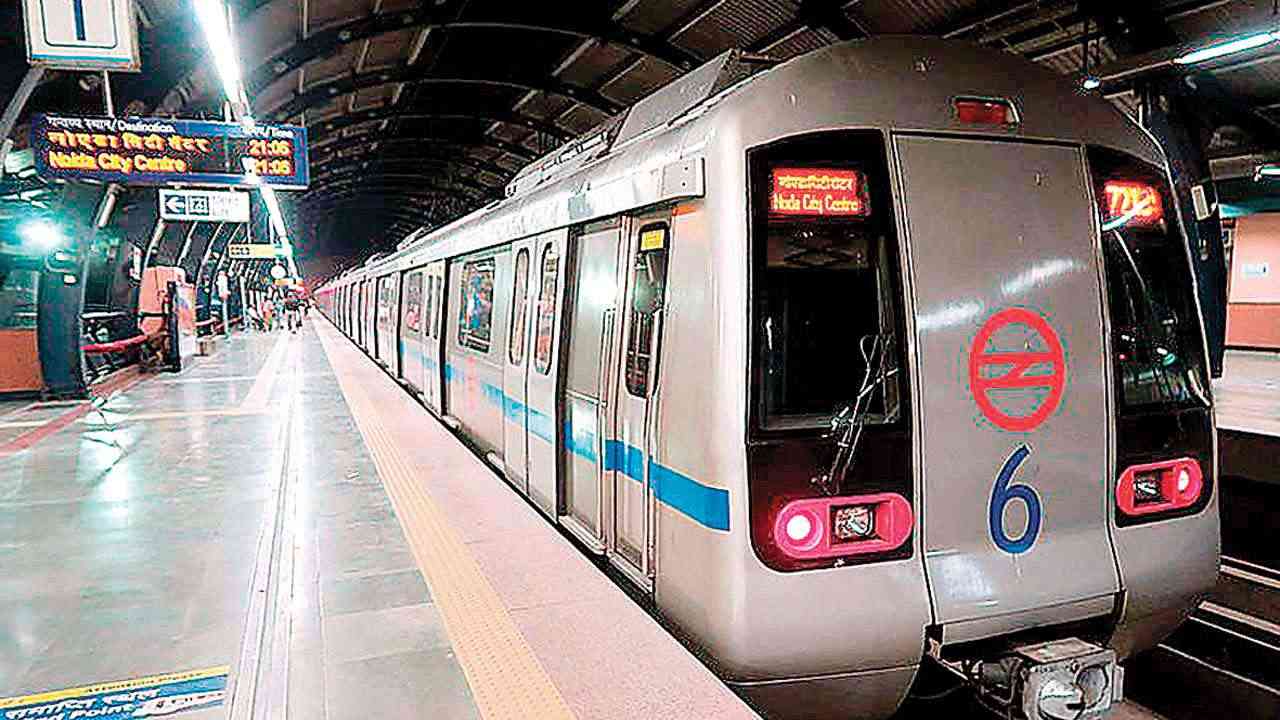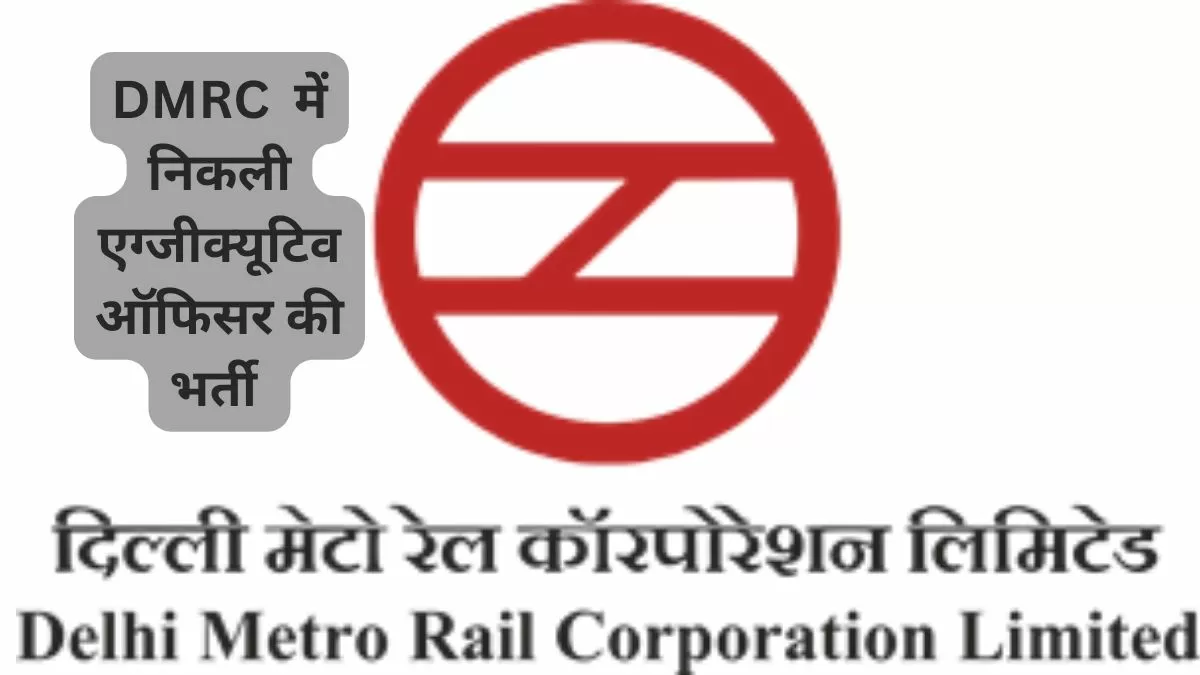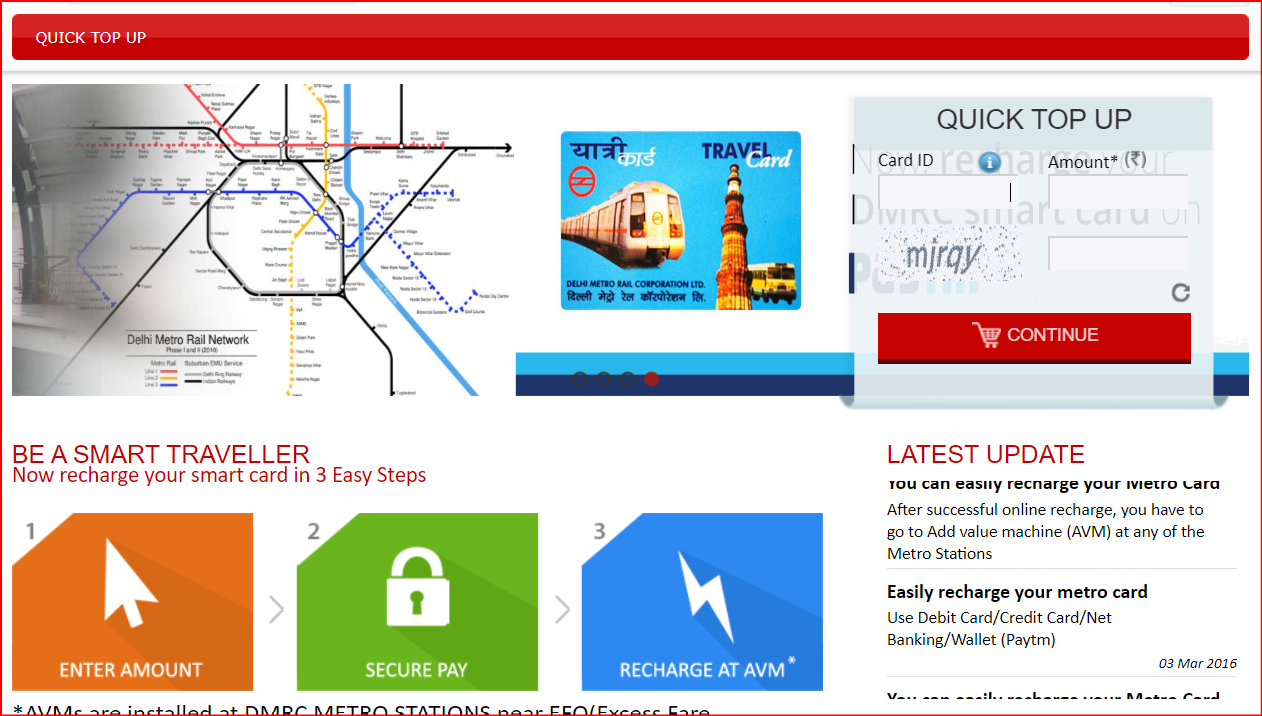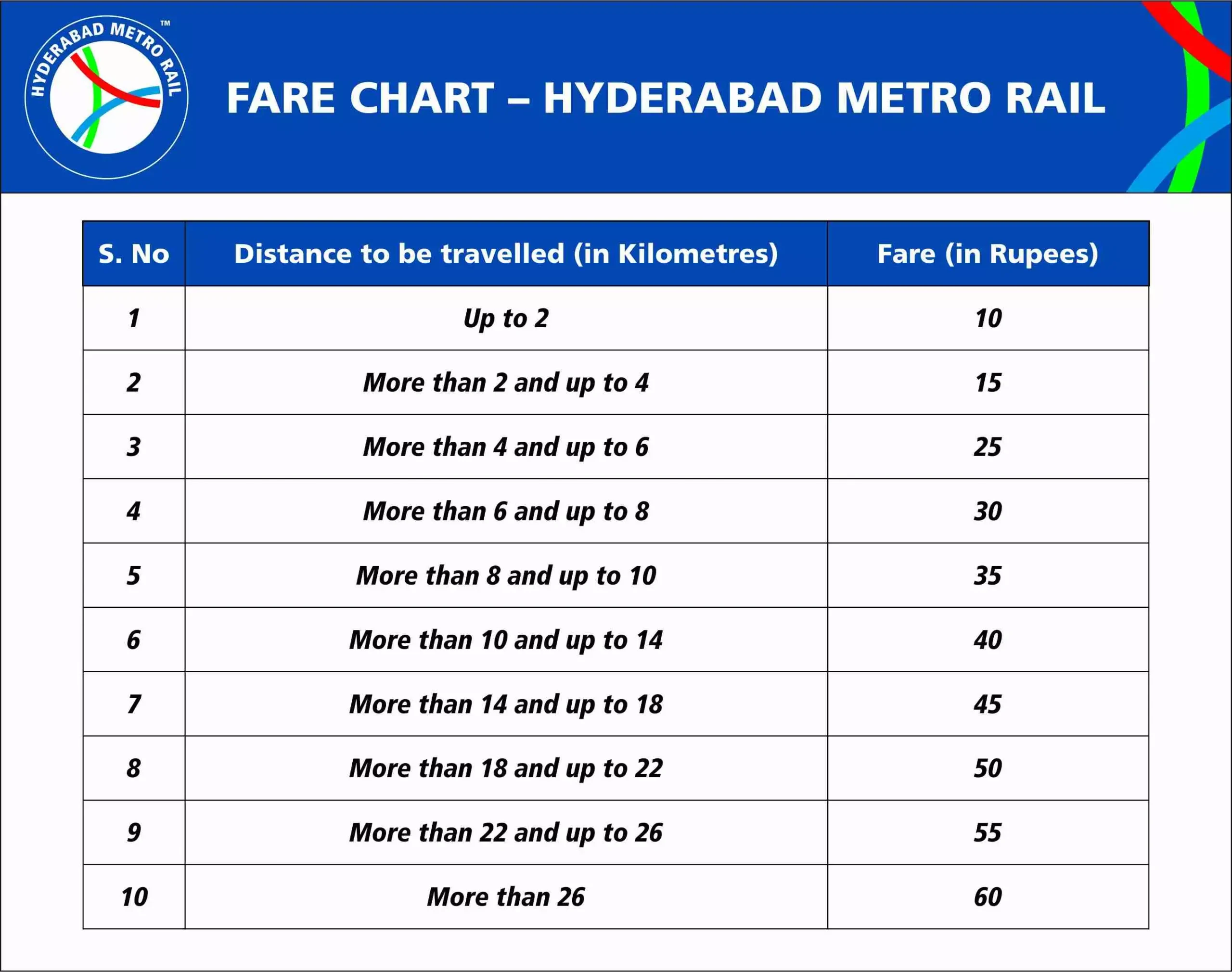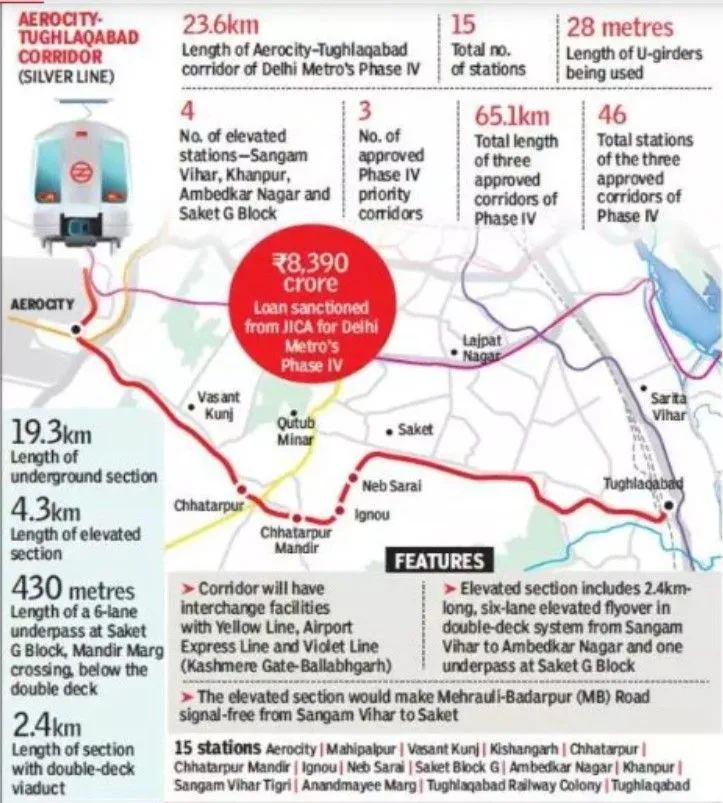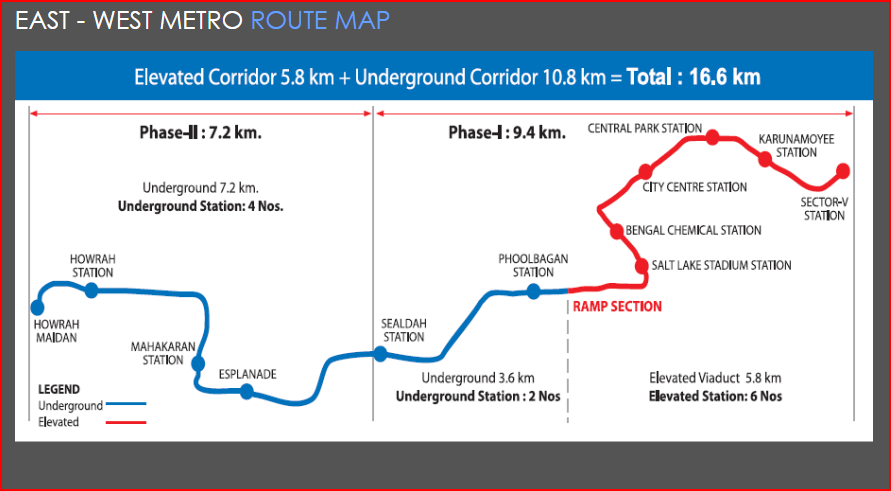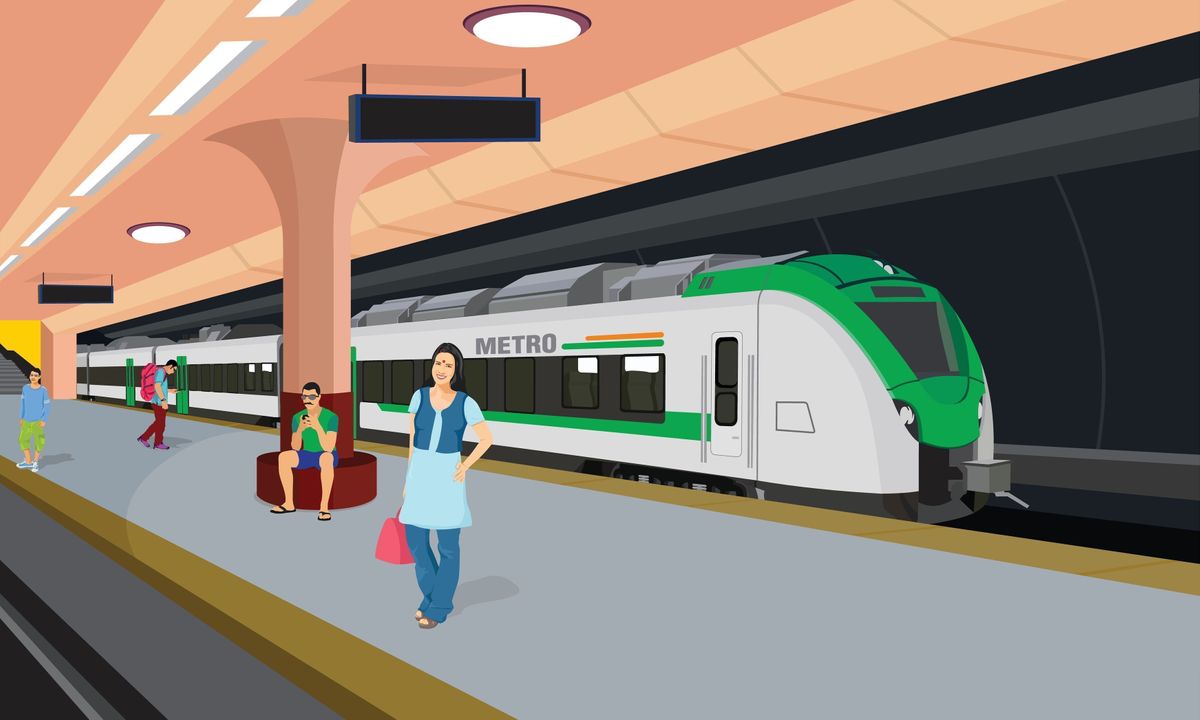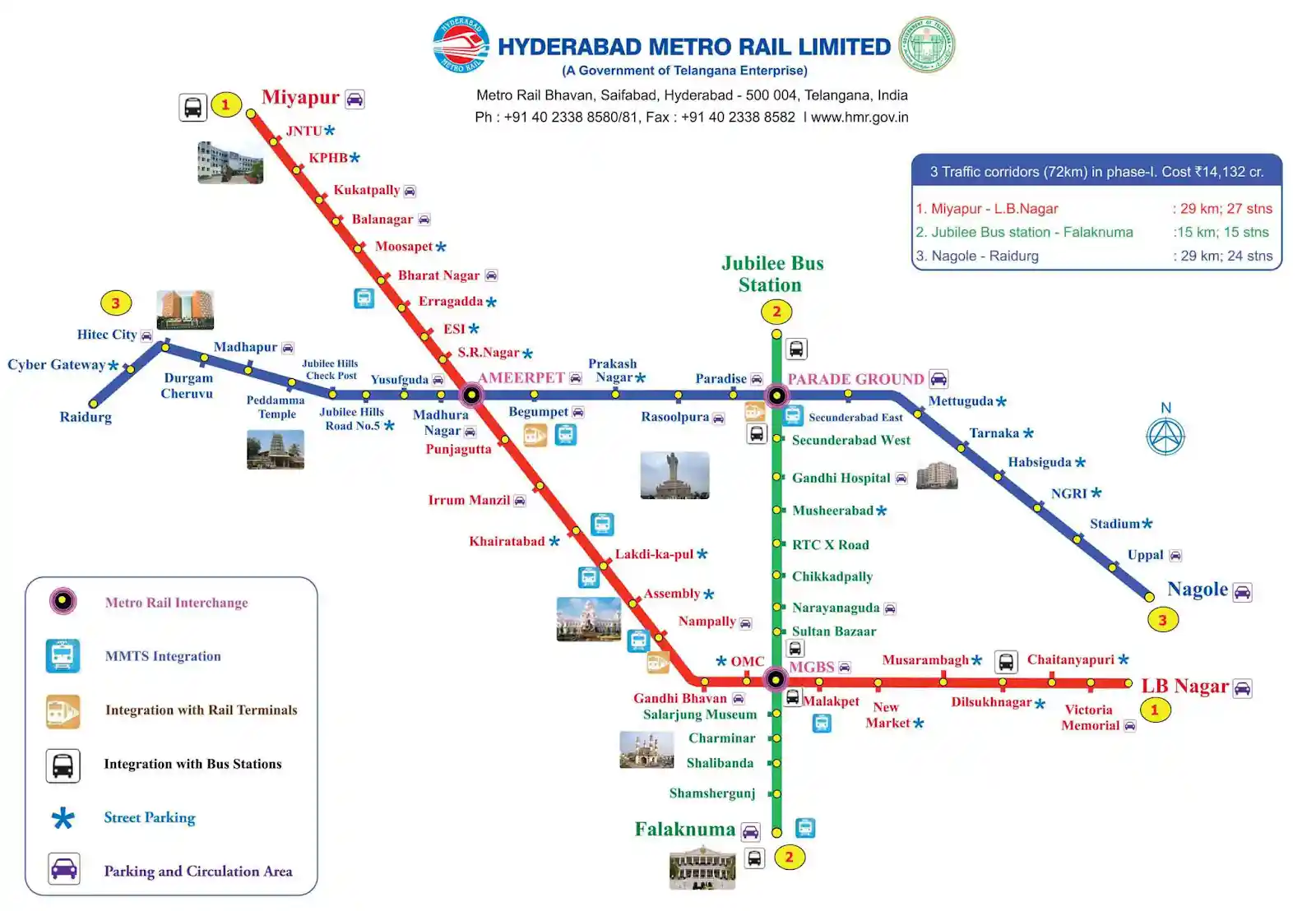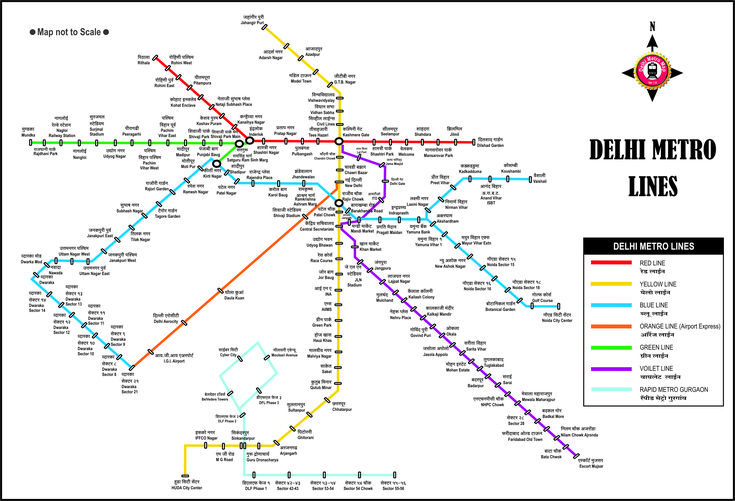It refers to a large and important city that plays a central role in the economic, cultural, political, and transportation network of a country or region. A metro city is not just big in terms of population, but also highly developed in terms of infrastructure, job opportunities, connectivity, and modern lifestyle.
In simple words:
A Metro City = A big city with modern facilities, large population, and major importance in the country.
Key Features of a Metro City
- High Population Density – Metro cities usually have a population of several millions.
- Advanced Infrastructure – Roads, highways, airports, metro rail, skyscrapers, shopping malls, etc.
- Employment Hub – Corporate offices, industries, startups, and government headquarters.
- Better Education & Healthcare – Reputed schools, colleges, universities, and multi-specialty hospitals.
- Diverse Culture – People from different states, religions, and countries live together.
- Public Transport – Efficient transport systems like metro trains, buses, and cabs.
- Higher Cost of Living – Compared to small towns and villages, life in metro cities is expensive.
Examples of Metro Cities in India
In India, the Government officially recognized 4 major metro cities earlier:
- Delhi (Capital city of India)
- Mumbai (Financial capital of India)
- Kolkata (Cultural capital of India)
- Chennai (Gateway to South India)
Later, cities like Bangalore, Hyderabad, Pune, and Ahmedabad also grew rapidly and are often considered metro cities because of their development and large population.
Importance of Metro Cities
- Economic Growth: Metro cities contribute the maximum share of GDP.
- Education: Top universities, IITs, IIMs, AIIMS, etc., are located here.
- Job Market: IT, banking, film industry, tourism, manufacturing, and services flourish in metro cities.
- Global Recognition: Metro cities are connected internationally through airports and foreign investments.
- Innovation & Technology: Startups, IT hubs, and modern industries mostly grow in metro areas.
Life in a Metro City
- Advantages: Better jobs, education, healthcare, entertainment, and connectivity.
- Disadvantages: Traffic jams, pollution, high expenses, small housing spaces, and fast-paced lifestyle.
Many people migrate from rural areas and small towns to metro cities for better opportunities, even though life there can be more stressful and competitive.
Conclusion
A Metro City (Metropolitan City) is not just a large city but also a center of progress and development for the nation. It reflects modern lifestyle, rapid growth, and global connectivity. While living in a metro city offers huge opportunities, it also brings challenges like high living costs and busy life.
In India, cities like Delhi, Mumbai, Kolkata, and Chennai are classic examples of metro cities, but many others are catching up fast due to urbanization.
